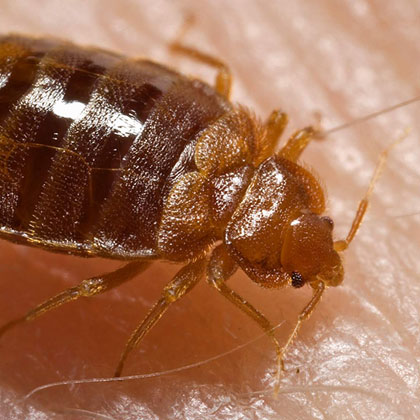Study evaluates health impacts of 2010 oil spill on Vietnamese American shrimp consumers

Study evaluates health impacts of 2010 oil spill on Vietnamese American shrimp consumers
Following the Deepwater Horizon oil spill in 2010, concerns about potential seafood contamination prompted closures of commercial fisheries as federal regulators screened the safety of the fishery. Their population assumptions, while likely protective of the vast majority of Americans, excluded vulnerable Vietnamese Americans in the coastal region.
Original Paper:
Wilson MJ, Frickel S, Nguyen D, Bui T, Echsner S, Simon BR, Howard JL, Miller K, Wickliffe JK. 2015. A targeted health risk assessment following the Deepwater Horizon Oil Spill: polycyclic aromatic hydrocarbon exposure in Vietnamese-American shrimp consumers. Environ Health Perspect 123:152–159. DOI: http://dx.doi.org/10.1289/ehp.1408684
After the Deepwater Horizon oil spill released over 200 million gallons of crude oil into the Gulf of Mexico in April 2010, concerns about health risks associated with polycyclic aromatic hydrocarbons (PAHs) — chemicals that are assumed to be the main toxicants in crude oil that may contaminate seafood — were raised by state and federal closings of fisheries. Extensive media coverage and scientific uncertainty of the health impacts only amplified the concerns. But as federal agencies slowly completed stepwise toxicity tests before reopening the fisheries, certain parts of the coastal community were excluded; the region's Vietnamese Americans, for example, are actively engaged in commercial shrimping or fishing as their primary source of income. They are also some of the highest consumers of seafood, especially shrimp, and have lower average body weight, both of which are critical factors that affect toxicity.
In an attempt to fill that gap, a study recently published in Environmental Health Perspectives used a community-based participatory research (CBPR) model and examined community-specific data of Vietnamese Americans to develop risk models and chemical analyses of white shrimp (Litopaenus setiferus).
In 2012, two years after the spill, researchers from Tulane University, Washington State University and the Mary Queen of Vietnam Community Development Corporation (MQVN-CDC) gathered this community-specific data as part of the Vietnamese Community Seafood Consumption Survey. The survey, which targeted 375 Vietnamese adult men and women who had filed claims for economic losses incurred from fishery closings after the oil spill, was conducted online or via telephone. Questions were designed to collect information on respondents' and their families' shrimp consumption before, during, and after the spill along with demographic information.
In addition to the survey, the authors collected shrimp from one inshore area and one offshore area of the gulf and analyzed abdominal tissue taken from randomly selected shrimp from each netting for PAHs. The authors then conducted risk assessments for non-cancer health risk compounds, as no carcinogenic PAHs were detected in the shrimp samples. In the experimental sample, low concentrations of eight PAHs (less than 2 parts per billion) were detected in shrimp. The exposure metrics chosen by the FDA and NOAA were designed to protect the majority of Americans, which is consistent with the goals of federal agencies, but excluded vulnerable communities such as Vietnamese Americans.
However, the survey results also showed that 81 percent of respondents reduced their shrimp consumption for at least five months after the spill, and 43 percent reduced consumption for at least 12 months. This indicates that the respondents likely conducted their own informal risk assessments, deciding to decrease their consumption prior to any guidance or actions taken by the federal agencies. Ultimately, the study did not find elevated risk from PAHs in this vulnerable subset of the population. But the authors hope that a CBPR approach generating community-specific data will promote more inclusive approaches to risk assessment. Finding no unacceptable risk in the most vulnerable subpopulations suggests that the rest of the population will also not experience adverse effects. Approaching health risk assessment in this manner would protect the general population without ignoring the susceptibility of sensitive groups.




